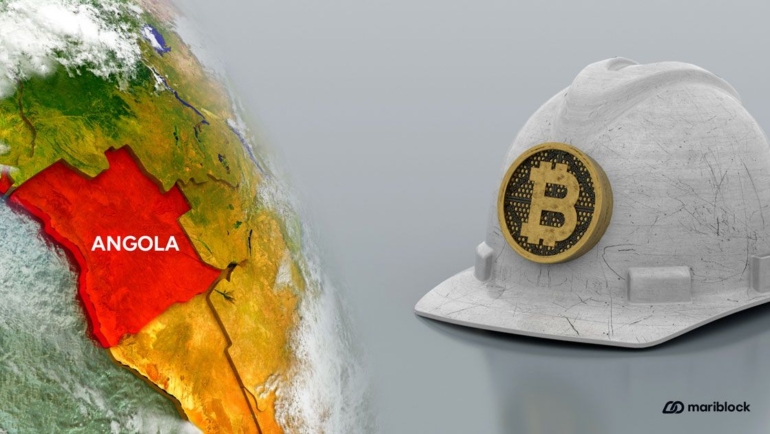
How Gridless Manages Bitcoin Mining in Africa via its Own Software
Thanks to the OS, Gridless is able to optimize the performance of the mining machines based on the available power so as to get the maximum hashrate for the given availability of energy and the machines at a given site.
In the dynamic world of Bitcoin mining, managing operations efficiently becomes increasingly challenging as scale expands. While the average miner might find it easy to handle a few machines in a basement, the complexity skyrockets when dealing with hundreds or thousands of units.
Gridless OS, a software developed by Gridless, a groundbreaking Bitcoin mining Startup that has been backed by Jack Dorsey’s Block, has emerged as a game-changer in the African Bitcoin mining landscape, addressing unique challenges faced by the continent’s small independent power producers (IPP’s).
Gridless operates on a distinctive model, partnering with IPP’s to monetize stranded, excess energy. By offering a revenue share from Bitcoin mining, Gridless transforms unused power into a profitable venture for IPP’s. However, a key element in this partnership is ensuring that the higher-paying customers of IPP’s receive priority access to available power, leaving Gridless to harness only the excess energy that remains un-utilized.
In the initial stages of its founding, Gridless relied on tools like Foreman, a leading miner management software that offered basic scheduling functionalities, optimal, leaving untapped energy potential and operational efficiency on the table.
However, according to the startup, this approach proved sub-optimal, leaving untapped energy potential and operational efficiency on the table. Recognizing the need for a more sophisticated solution, Gridless developed its software – Gridless OS.
Gridless OS

Gridless OS seamlessly integrates hardware and software solutions, optimizing the performance, efficiency, and profitability of Bitcoin mining operations, even in remote African locations. A standout feature is its intelligent energy management system, guaranteeing that premium customers enjoy priority access to power during peak demand.
This strategic approach prevents disruptions to the existing energy infrastructure, allowing Gridless to extract value from otherwise wasted excess energy.
“In simple terms, Gridless OS monitors the conditions of the generation supply and the grid demand to determine how much excess energy is currently available. The system then turns miners on and off to always match the excess supply. This means that Gridless is able to monetise every possible unit of electricity without impacting the operation of the grid.” – Gridless
According to the firm, thanks to the OS, they are also able to optimize the performance of the mining machines based on the available power so as to get the maximum hash rate for the given availability of energy and the machines at a given site.
The software also enables them to visualize the performance of the energy sites and they have started providing the IPP with dashboard access on a level they have never had before.
“All of this is working together to not only make our Bitcoin mining operation more efficient but also to make the overall operation of the IPP more efficient.”
Gridless, which has sites across 4 countries in Africa hopes to expand its mining footprint across the continent in 2024. The firm says it is considering ways of providing access to Gridless OS to the other miners across the continent trying to tackle similar challenges.
In conclusion…
Gridless and Gridless OS stand as a testament to the power of innovation and adaptability in the face of complex situations and circumstances on the continent. By addressing the specific needs of African Bitcoin miners, Gridless is not only securing its success but also paving the way for a more collaborative and technologically advanced future for the entire mining community on the continent and potentially beyond.


